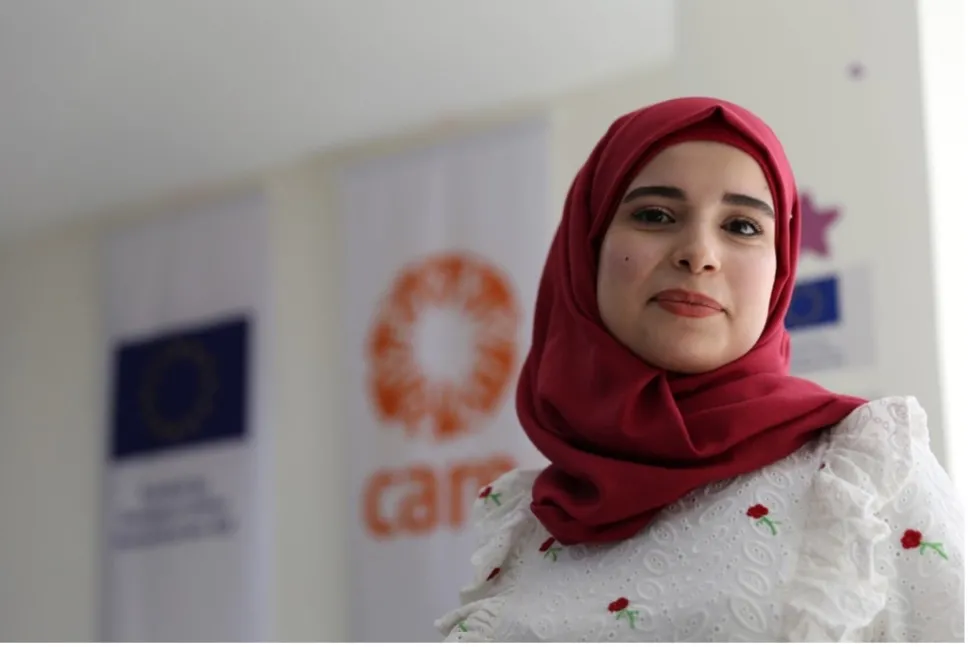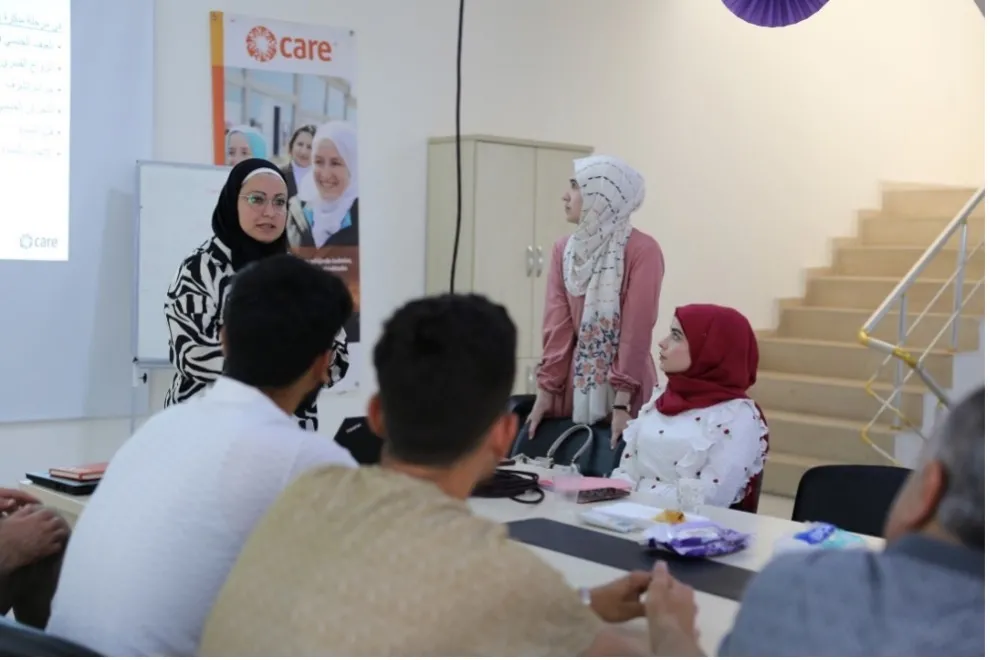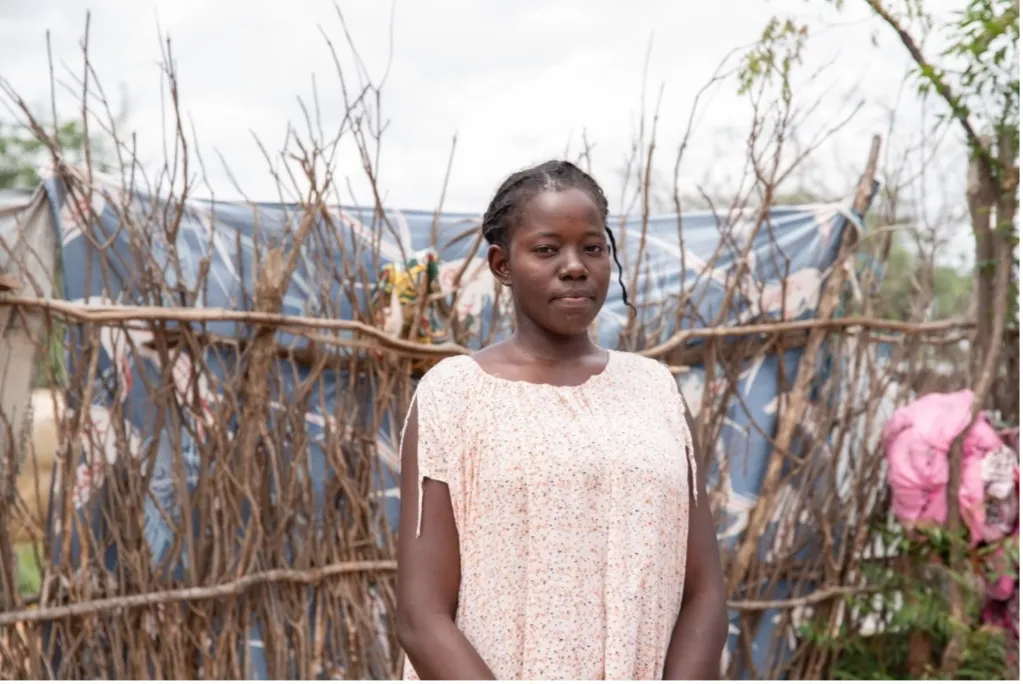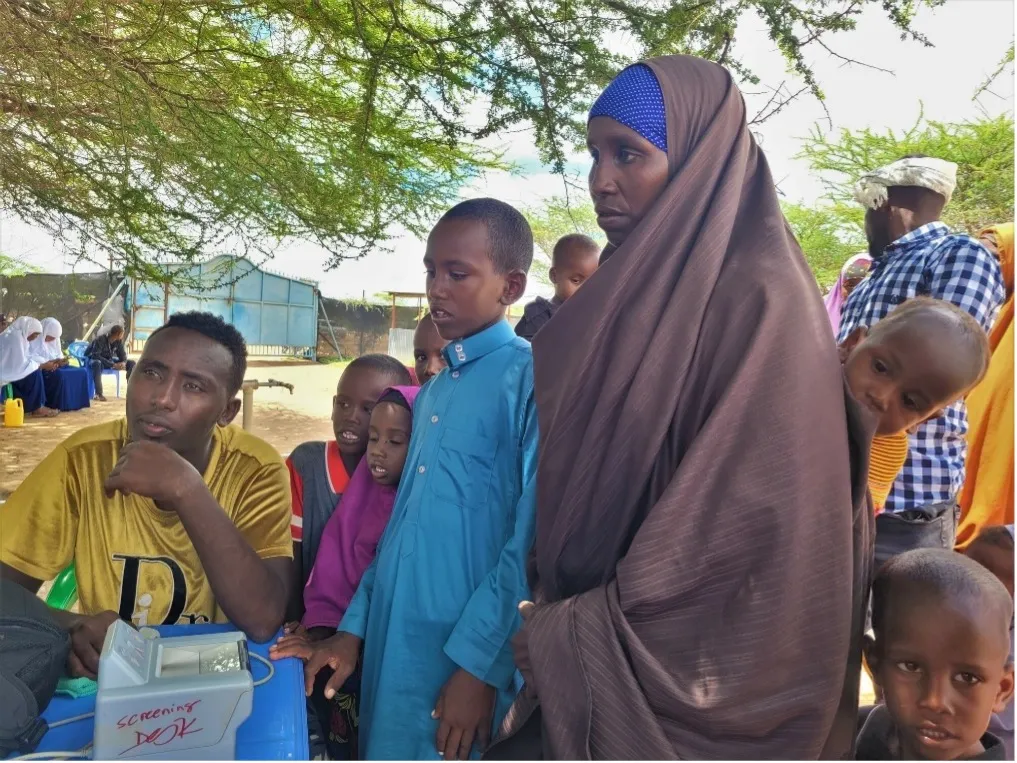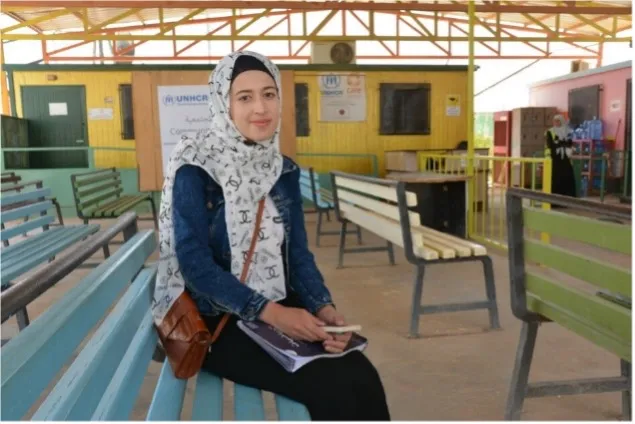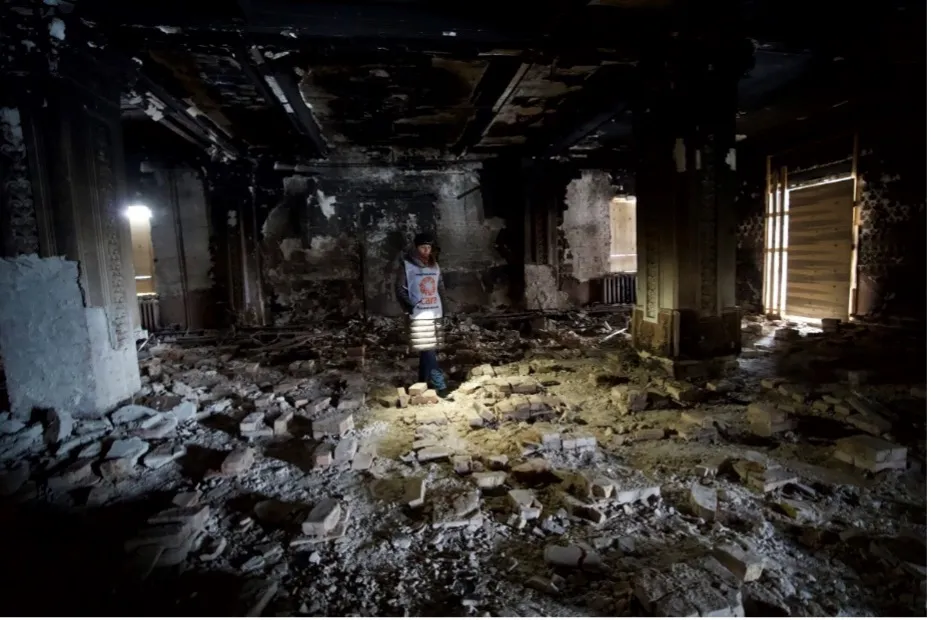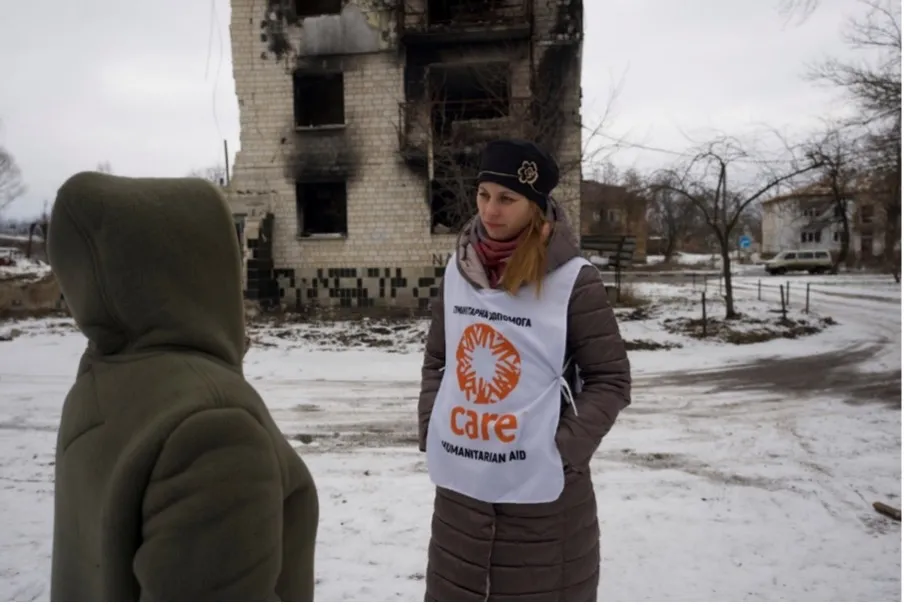Her grandparents were displaced from Palestine to Syria, and there, she was considered a Palestinian refugee. When her family had to move once again due to the war in Syria, she became a Palestinian-Syrian refugee in Türkiye.
Leen is not alone. Her story underscores the struggles and resilience of refugees around the world, aligning with the essence of World Humanitarian Day, when we take a moment to honor and support those affected by crises.
At the end of 2022, the United Nations estimated that 108.4 million people had been forcibly displaced worldwide — 62.5 million of which are internally displaced, and 35.3 million are refugees.
“I am separated from my sister, and I have not seen her for 12 years. I have lost things and dreams that I never thought I would lose one day.”
For the past two years, Leen has been working as a community organizer.
With funding from the European Union, CARE has been training motivated community members in Türkiye like Leen to inform and educate their peers on basic rights and services, education, mental health, safeguarding children from harm, parenting skills, and stopping gender-based violence.

